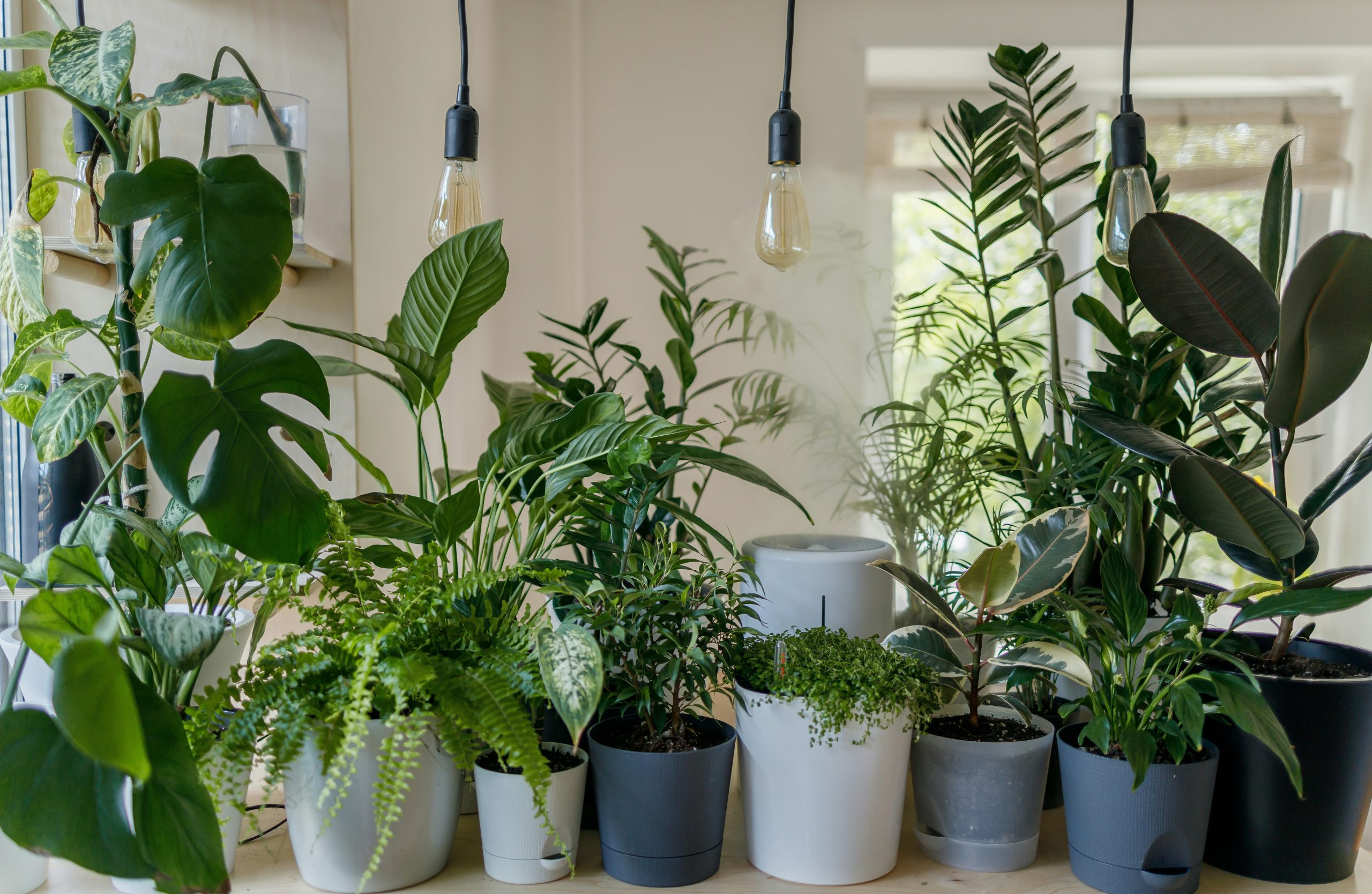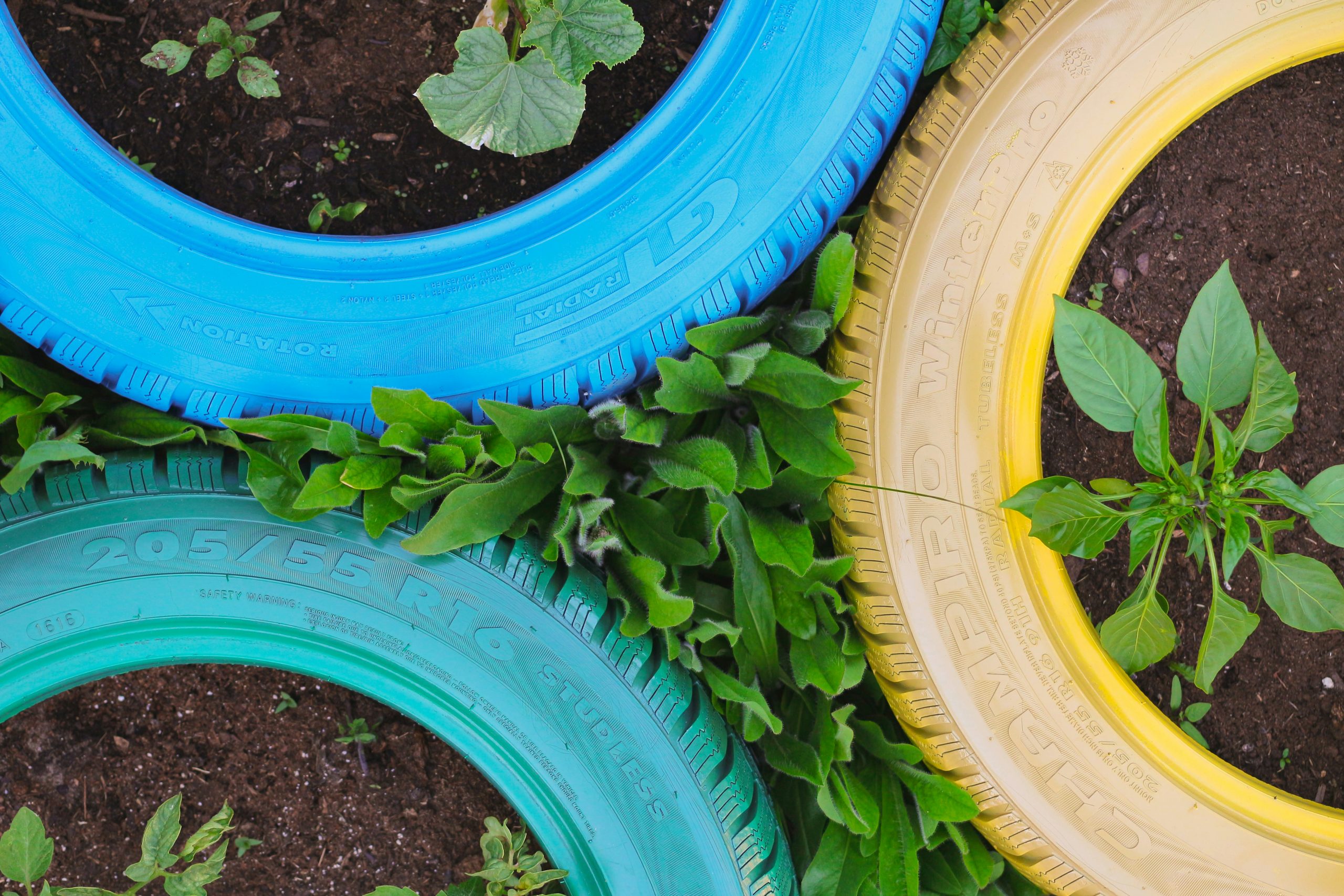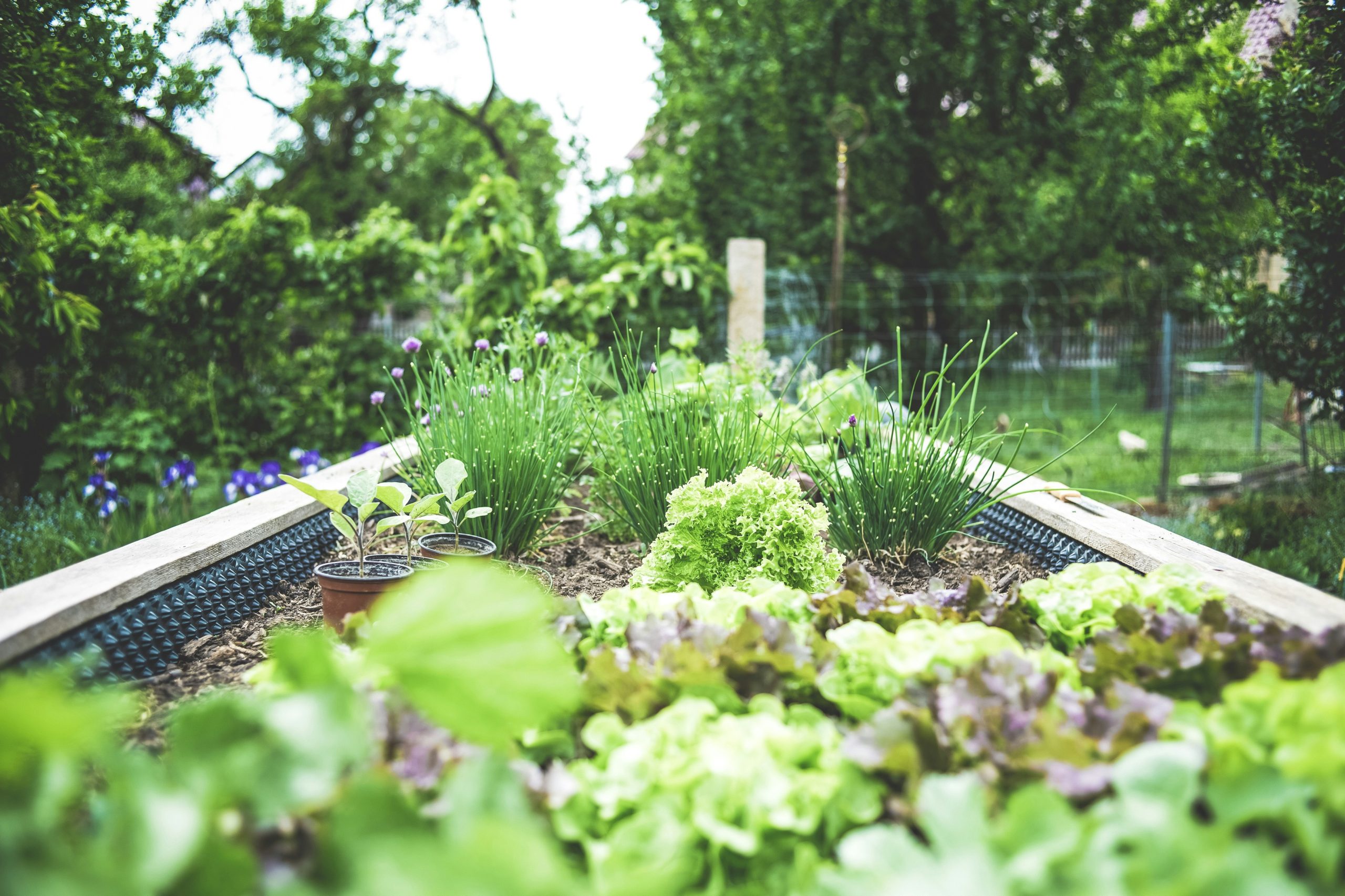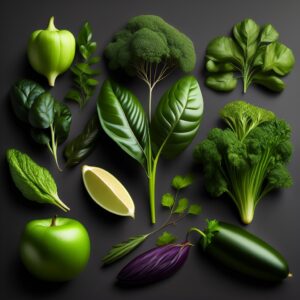In our journey towards a healthier lifestyle, we’ve discovered the incredible benefits of growing our own organic food right at home. By cultivating our own garden, we can ensure that our produce is fresh, chemical-free, and packed with nutrients. Not only does this practice support our well-being, but it also connects us with nature and reduces our carbon footprint. Growing organic food isn’t just about healthier eating; it’s about embracing a more sustainable and fulfilling way of life. From selecting the right seeds to harvesting our homegrown bounty, let’s explore how we can transform our backyards into thriving gardens of organic goodness. Can you grow your own organic food at home? The idea might seem daunting at first, but with the right guidance and a bit of patience, it can become a fulfilling reality for any of us. Let’s dive into the world of home gardening and discover the joys, benefits, and know-how of growing our own organic food at home.
Why Grow Your Own Organic Food?
There are numerous reasons to embark on this journey. Here are some key motivations that might resonate with us:
Health Benefits
Organic food is free from synthetic pesticides and fertilizers, making it healthier for us to consume. Growing our own food ensures that we know exactly what goes into producing it.
Environmental Impact
By growing our own food, we reduce our carbon footprint. Transporting food from farms to our tables contributes significantly to global greenhouse gas emissions. Local gardening helps cut down on this energy-intensive process.
Cost-Effective
Grocery bills can add up, especially when buying organic produce. By cultivating our own garden, we can save money in the long run while enjoying fresh, nutritious food.
Mental and Physical Wellness
Gardening can be therapeutic. The process of planting, nurturing, and harvesting our own food can contribute to better mental and physical health. It’s a rewarding way to stay active and de-stress.
Starting With the Basics
Before we get our hands dirty, there are some foundational considerations to keep in mind.
Choosing the Right Location
The success of our garden largely depends on its location. Here’s what to consider:
| Factor | Consideration |
|---|---|
| Sunlight | Most vegetables need 6-8 hours of full sunlight daily. Choose a sunny spot. |
| Soil | Good soil is crucial. Ensure it’s rich in organic matter and well-draining. |
| Water | Access to water is important. Consider locations near a water source. |
| Space | Plan according to the space available, be it a large yard or a small balcony. |
Understanding Soil Health
Healthy soil is the foundation of a productive garden. It provides nutrients, supports root structures, and retains water.
- Soil Testing: Test our soil to determine its pH and nutrient levels. A pH between 6-7 is ideal for most vegetables.
- Composting: Composting kitchen scraps and yard waste creates nutrient-rich organic matter to amend our soil.
- Mulching: Mulching helps retain soil moisture, suppress weeds, and improve soil fertility over time.
Choosing What to Grow
When deciding what to plant, consider the following:
- Climate: Choose plants that are well-suited to our local climate.
- Season: Some crops are seasonal. Plan for cool-weather and warm-weather crops.
- Preference: Choose vegetables and herbs that we enjoy and consume regularly.
Gathering Essential Tools
Investing in some basic gardening tools can make the process more enjoyable and efficient. Here’s a list of fundamental tools:
| Tool | Use |
|---|---|
| Trowel | For digging small holes and transplanting plants. |
| Pruning Shears | For trimming plants and harvesting produce. |
| Watering Can | For watering plants, especially in areas where a hose isn’t practical. |
| Garden Gloves | To protect our hands from dirt and thorns. |
| Rake and Hoe | For soil preparation, weeding, and maintaining garden beds. |

Planning Our Garden
Planning is critical to the success of our home garden. Here are steps to ensure we’re setting ourselves up for success.
Garden Layout
Designing a thoughtful layout can optimize space and improve efficiency:
- Raised Beds: Ideal for small spaces, helping with soil management and accessibility.
- Container Gardening: Perfect for patios or balconies.
- Row Planting: Suitable for larger spaces, allowing for easy access to plants.
Crop Rotation
Avoid planting the same crop in the same spot year after year to prevent the build-up of pests and diseases. Rotate crops based on plant families.
Companion Planting
Some plants thrive when grown together. Companion planting helps enhance growth, deter pests, and improve flavor. Here are a few examples:
| Crop | Companions |
|---|---|
| Tomatoes | Basil, garlic, marigolds |
| Carrots | Onions, peas, rosemary |
| Cucumbers | Beans, corn, sunflowers |
Planting and Nurturing Our Garden
With our plan in place, it’s time to plant and tend to our garden.
Starting Seeds Indoors
Some plants benefit from being started indoors and then transplanted outside:
- Containers: Use seed trays or small pots with drainage holes.
- Soil: Use a light, seed-starting mix.
- Light: Place containers in a sunny window or under grow lights.
- Water: Keep the soil moist but not waterlogged.
- Transplanting: Harden off seedlings by gradually introducing them to outdoor conditions before transplanting.
Direct Sowing
Some plants are best sown directly into the garden:
- Prepare Soil: Loosen and amend the soil before planting.
- Planting Depth: Follow seed packet instructions for planting depth and spacing.
- Thinning: Thin seedlings to avoid overcrowding and ensure healthy growth.
Watering Practices
Proper watering is essential for a thriving garden. Here are some tips:
- Frequency: Water deeply and less frequently to encourage deep root growth.
- Timing: Water early in the morning to minimize evaporation and prevent diseases.
- Methods: Use soaker hoses or drip irrigation to deliver water directly to the roots and conserve water.
Fertilization
Even with healthy soil, plants may need additional nutrients:
- Compost: Regularly add compost to boost soil fertility.
- Organic Fertilizers: Fish emulsion, worm castings, and compost tea are excellent natural fertilizers.
- Frequency: Fertilize according to plant needs, generally once a month during the growing season.
Pest Management
Organic gardening involves managing pests without synthetic chemicals:
- Prevention: Promote plant health through proper care and maintenance.
- Physical Barriers: Use row covers, nets, or collars to protect plants.
- Beneficial Insects: Attract predators like ladybugs and predatory wasps to control pests.
- Natural Remedies: Use neem oil, diatomaceous earth, or homemade sprays to combat pests.

Harvesting and Storing Our Produce
Reaping the fruits of our labor is undoubtedly the most rewarding part of gardening. Knowing when and how to harvest is crucial.
Harvesting Tips
- Timing: Harvest produce at its peak ripeness for the best flavor and nutrition.
- Tools: Use sharp scissors or knives to avoid damaging plants.
- Frequency: Regular harvesting encourages continuous production.
Storing Our Produce
Proper storage helps us enjoy our harvest longer:
| Produce | Storage Method |
|---|---|
| Leafy Greens | Refrigerate in a damp cloth or airtight container. |
| Root Vegetables | Store in a cool, dark place with high humidity. |
| Herbs | Dry or freeze for long-term storage. |
| Tomatoes | Store at room temperature out of direct sunlight until fully ripe. |
Troubleshooting Common Problems
Gardening can come with its challenges. Here are solutions to some common issues we may encounter:
Nutrient Deficiencies
Signs of nutrient deficiencies include yellowing leaves, stunted growth, and poor yields. Testing soil and using appropriate organic fertilizers can address these issues.
Pests and Diseases
Identify pests and diseases early to manage them effectively:
| Problem | Solution |
|---|---|
| Aphids | Spray with a mixture of water and mild soap or introduce ladybugs. |
| Powdery Mildew | Apply a homemade spray of baking soda and water. |
| Slugs and Snails | Use beer traps, copper barriers, or diatomaceous earth. |
| Blossom End Rot | Ensure consistent watering and calcium-rich soil. |
Poor Pollination
Some crops require pollinators to produce fruit. Attract bees and butterflies by planting flowers and avoid using pesticides that can harm beneficial insects.

Advanced Techniques
Once we’ve mastered the basics, we might want to explore advanced gardening techniques.
Permaculture
Permaculture focuses on creating sustainable and self-sufficient agricultural systems. Key principles include:
- Diversity: Plant a variety of crops to improve resilience and productivity.
- Soil Health: Enhance soil health through composting and minimal disturbance.
- Water Management: Capture and store water efficiently using swales, ponds, and rain barrels.
Aquaponics
Aquaponics combines aquaculture (raising fish) and hydroponics (growing plants without soil). Fish waste provides nutrients for the plants, and the plants help filter and clean the water for the fish. This closed-loop system can be set up indoors or outdoors.
Vertical Gardening
For those of us with limited space, vertical gardening can be a game-changer. Use trellises, hanging planters, and wall-mounted systems to grow plants upward, maximizing space and productivity.
Conclusion
Growing our own organic food at home is a rewarding endeavor that benefits our health, the environment, and our wallet. By understanding the basics, planning carefully, nurturing our garden, and addressing challenges, we can create a productive and satisfying garden. Whether we’re starting with a few pots on a balcony or planning a large backyard oasis, the journey of gardening enriches our lives in countless ways. Let’s get started and enjoy the fruits (and vegetables) of our labor!



